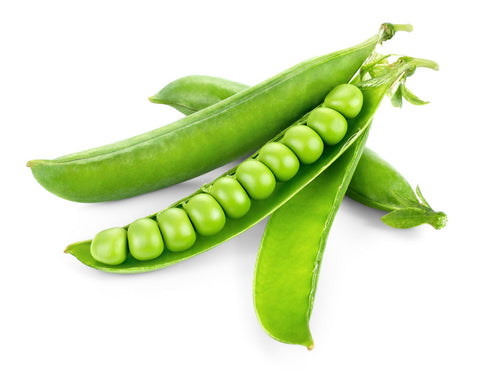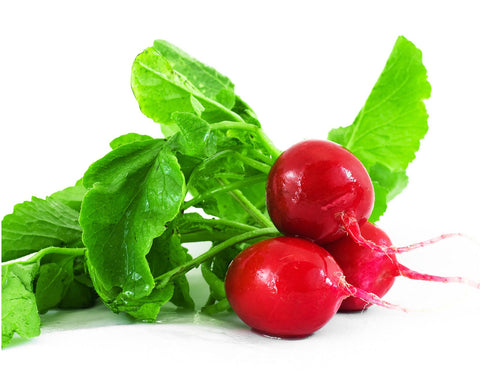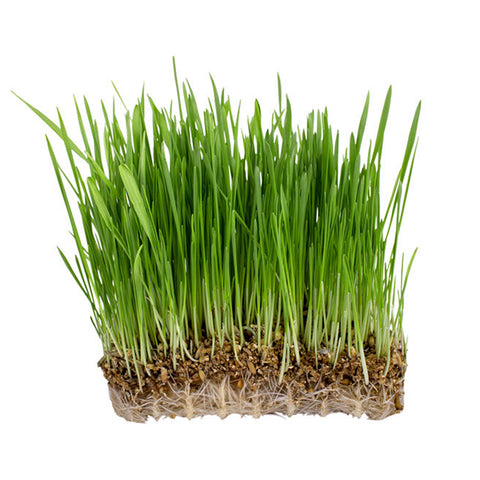All About Cover Crops and Their Benefits
Previous PostA crop that you can not harvest! Sounds counterproductive, right? But it is not. The crops that are grown for the sole purpose of improving the soil in your garden or farm are called Cover Crops.
Cover crops are a powerful tool in sustainable gardening and farming, offering numerous benefits that enhance soil health and overall garden productivity.
Origin of Cover Crops:

Cover cropping has been around for thousands of years, with roots in ancient agricultural practices. Farmers in ancient civilizations, such as the Greeks, Romans, and Chinese, understood the importance of maintaining soil fertility. However, with the advent of commercial farming with chemical pesticides and fertilizers during the early 20th century, cover cropping lost its significance.
But lately, with the danger of climate change looming over our heads, the world has again realised that organic and regenerative agriculture is better for us and the environment. That is precisely why cover cropping is again gaining much-deserved popularity among gardeners, helping reduce soil erosion, improving fertility, and managing pests and diseases.
What Are Cover Crops?

Cover crops are plants grown primarily for the benefit of the soil rather than for crop production. Unlike traditional crops harvested for food, cover crops are grown to cover the soil, hence the name. They are typically sown during the off-season when the main crops are not growing, such as in late summer, fall, or early spring. Cover crops include a wide variety of plants, from grasses to legumes, each offering unique benefits to the soil and the overall ecosystem of your garden.
Benefits of Cover Crops:

- Prevent Erosion: The roots of cover crops help bind the soil, reducing erosion caused by wind and water.
- Improve Soil Structure: Cover crops enhance soil structure by adding organic matter, which improves water retention and aeration. Grass cover crops like wheat, barley and rye can help add organic matter to the soil naturally and improve soil moisture.
- Fix Nitrogen: Leguminous cover crops, like clover, alfalfa, peas and vetch can fix atmospheric nitrogen into the soil, making it available for subsequent crops.
- Suppress Weeds: Since all cover crops are planted densely, they create a natural mulch that suppresses weed growth by blocking sunlight. Just remember to not let cover crops go to seed. Till them before flowering and use them as green mulch in the soil.
- Enhance Soil Fertility: As cover crops decompose, they release nutrients back into the soil, enriching it for future plantings.
- Attract Beneficial Insects: Many cover crops attract pollinators and predatory insects that help control pest populations.
- Break Pest and Disease Cycles: Certain cover crops can disrupt the life cycles of soil-borne pests and diseases, reducing their impact on future crops.
7 Common Cover Crops to Plant and Their Benefits:

1. Clover
- Benefits: Fixes nitrogen, improves soil structure, and attracts pollinators.
- Ideal For: Enriching soil with nitrogen and enhancing fertility for future crops.
2. Ryegrass
- Benefits: Excellent for erosion control, weed suppression, and adding organic matter.
- Ideal For: Preventing soil erosion on sloped or exposed areas.
3. Alfalfa
- Benefits: Fixes nitrogen, suppresses weeds, and adds organic matter.
- Ideal For: Improving soil fertility in preparation for heavy-feeding crops.
4. Cowpeas
- Benefits: Quick-growing, excellent for weed suppression, and helps with nitrogen in the soil
- Ideal For: Best choice for nitrogen fixation in soil.
5. Peas
- Benefits: Fixes nitrogen, improves soil structure, and provides ground cover during winter.
- Ideal For: Covering soil during the winter months and enriching it for spring planting.
6. Oats
- Benefits: Adds organic matter, suppresses weeds and prevents erosion.
- Ideal For: Improving soil structure and preventing erosion in fall and winter.
7. Radish
- Benefits: Breaks up compacted soil, suppresses weeds, and improves drainage.
- Ideal For: Loosening heavy or compacted soils and preparing the ground for spring planting.
Read more about common cover crops to improve soil in detail.
Using Cover Crops in a Home Garden:

Cover crops are not just for farms. If you have a couple of raised beds that you use to grow vegetables, cover cropping can be a good practice to manage soil fertility. The cover crop you need to plant will depend on the type of soil you have. For example, the soil of an area with prolonged dry periods will benefit from grasses as cover crops instead of legumes. Hence, it’s very important to understand the health of your soil before planting anything.
Cover crops are a simple yet effective way to maintain and improve your garden's soil health. By incorporating cover crops into your gardening routine, you can protect your soil, enhance its fertility, and create a more sustainable and productive garden.


















Leave a comment